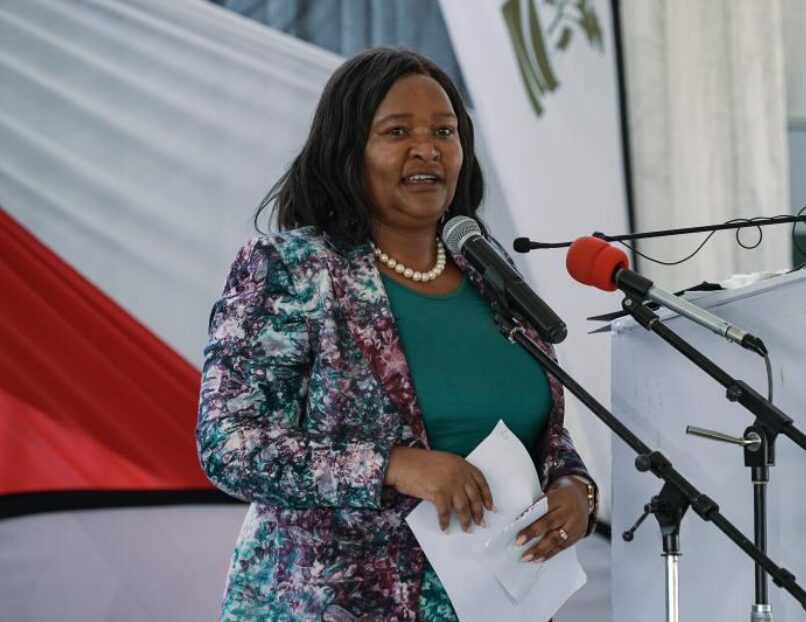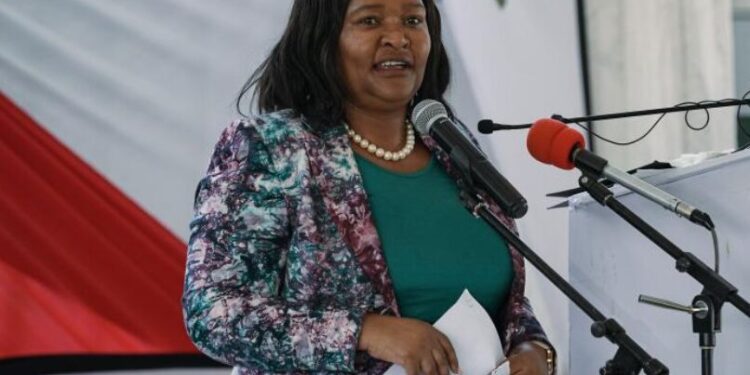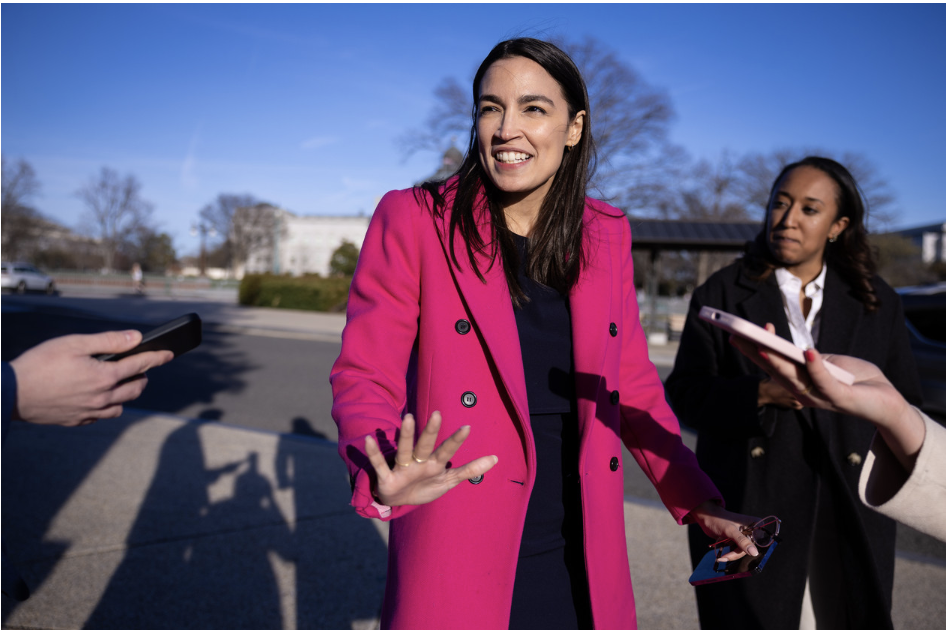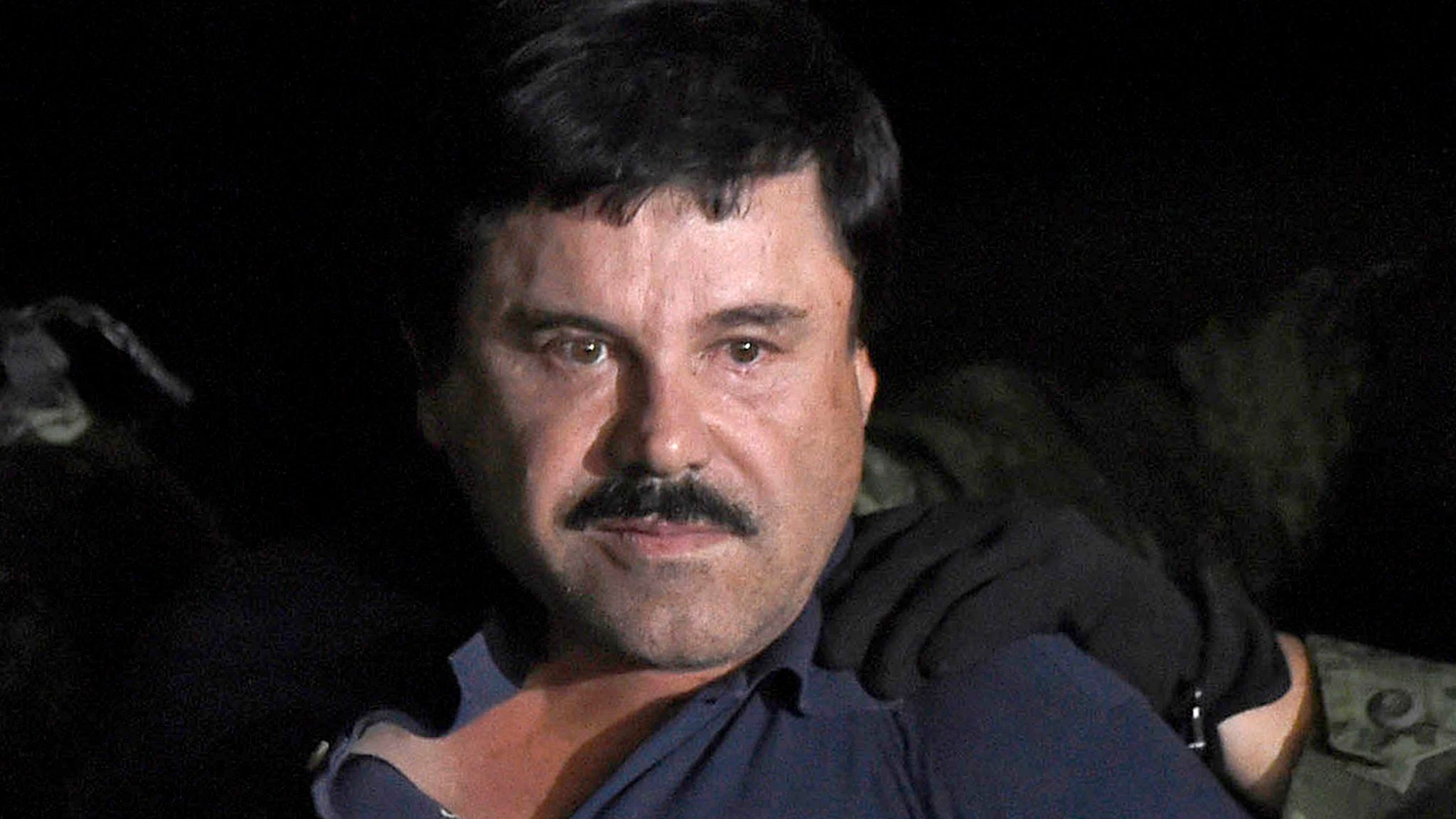The government has allocated more than Ksh1 billion this year to compensate victims of human-wildlife conflict, with payments now set to be processed within 90 days of lodging claims, Tourism and Wildlife Cabinet Secretary Rebecca Miano announced on Monday.

Speaking at the World Wildlife Day celebrations in Baringo County, CS Miano stated that the intervention is part of the government’s efforts to ensure peaceful co-existence between people and wildlife.
She emphasized that a more efficient digital system has been introduced to facilitate fair and timely disbursement of compensation.
“The government has up-scaled efforts in compensating human-wildlife conflict victims in a fair and timely manner, supported by a more efficient digital system.
Baringo is among the pilot counties where victims can now receive compensation within 90 days of lodging claims,” CS Miano stated.
She revealed that in 2023 and 2024, the government spent Ksh966 million and Ksh908 million, respectively, on pending claims dating back to 2013.
The improved compensation framework, she said, is a crucial step towards fostering co-existence while ensuring sustainable conservation practices.
This year’s World Wildlife Day is themed ‘Wildlife Conservation Finance: Investing in People and Planet,’ a call for sustainable and innovative funding mechanisms to support conservation efforts.
The CS highlighted that the government is encouraging public-private partnerships and seeking investors to enhance financial sustainability through methods such as carbon credits and biodiversity offsetting.
“We are imposing payments for ecosystem services by ensuring communities benefit from conservation, incentivising sustainable land use, and establishing eco-tourism and conservation enterprises to support nature-based tourism and local livelihoods,” she stated.
CS Miano underscored that conservation extends beyond protecting animals, as it also secures the country’s environment, economy, and future generations.
She cited ongoing initiatives such as the Kenya Wildlife Protection and Biodiversity Strategy and the National Wildlife Strategy (2018-2030) as key to aligning Kenya’s conservation efforts with global best practices.
Kenya Wildlife Service (KWS) Director-General Erastus Kanga acknowledged the role of conservation in generating economic benefits, citing ecotourism projects as examples of sustainable development.
He stressed the need for increased investment in conservation financing and stronger partnerships between county and national governments.
“We call for increased investment in conservation financing, partnerships with county governments, and enhanced collaboration with local communities and stakeholders. Declining populations of some wildlife species, inadequate park infrastructure, and outdated facilities remain significant challenges that hinder conservation efforts,” Prof Kanga said.
To mitigate human-wildlife conflicts, KWS has implemented various interventions, including constructing classrooms in conflict-prone areas to increase access to education.
Additionally, more than 122 kilometres of fencing have been constructed in national and game reserves, with an extra 71 kilometres rehabilitated to reduce conflict incidents.
“Through technology, we have also set up predator deterrent lights and facilitated elephant translocations,” he added.
Prof Kanga cited aloe farming in Baringo, Laikipia, and Taita Taveta as a national model for conservation and sustainable land use.
He noted that the cultivation of drought-resistant aloe plants restores degraded lands and supports Kenya’s development strategies, with local value addition for pharmaceutical and cosmetic uses demonstrating how conservation can drive sustainable economic growth.
Despite these achievements, Prof Kanga noted that conservation efforts still face challenges, particularly inadequate funding for endangered species recovery plans, protected area management, and research programmes.
He urged stakeholders to support the modernization of parks to enhance visitor experiences and boost revenue generation.
Baringo Governor Benjamin Cheboi acknowledged the county’s strides in advancing community-led conservation, with 16 active conservancies playing a crucial role in safeguarding endangered species such as the greater kudu, giant ground pangolin, Rothschild’s giraffe, and patas monkey.
“As a county government, we recognize that investing in wildlife and natural resources is not just about protecting species, it is about securing livelihoods, boosting tourism and fostering resilience against climate change,” he said.
Governor Cheboi highlighted Baringo’s 14 biodiversity-rich sites, including Lake Bogoria and Tugen Hills, as vital for both conservation and sustainable tourism.
He added that the county is working closely with the national government, private investors, and conservation organizations to establish sustainable financing models, including community conservation funds to empower local communities in wildlife protection.
“We are providing community conservation funds to empower local communities in wildlife protection and also reward communities for conservation efforts,” he stated, urging residents to embrace conservation as a means of securing their future.
World Wildlife Day, observed annually on March 3, continues to serve as a platform to reaffirm commitments towards conservation and sustainable development.
Kenyan Business Feed is the top Kenyan Business Blog. We share news from Kenya and across the region. To contact us with any alert, please email us to [email protected]












